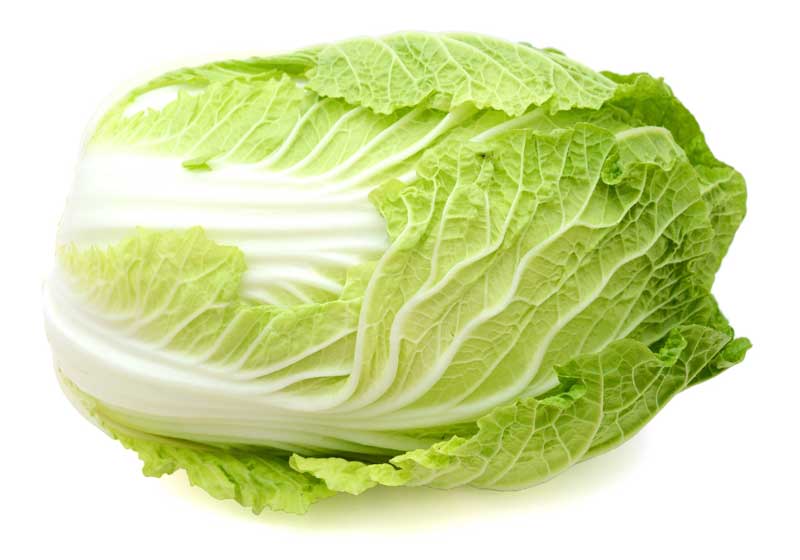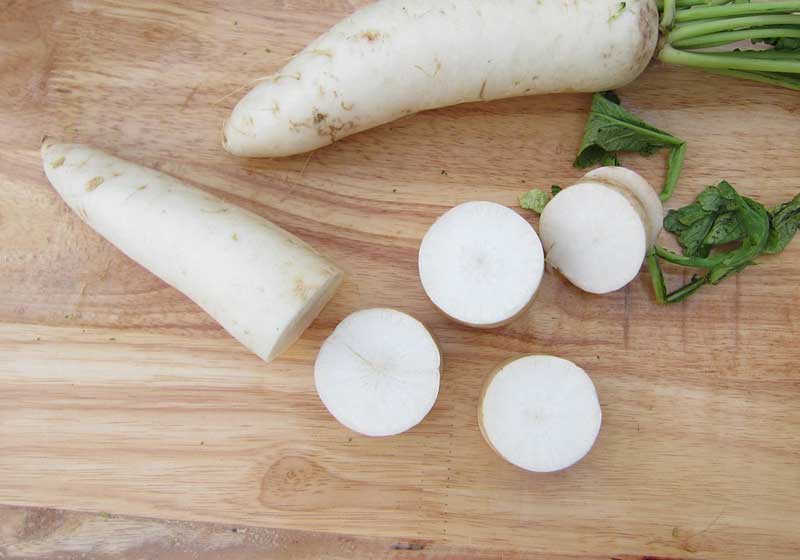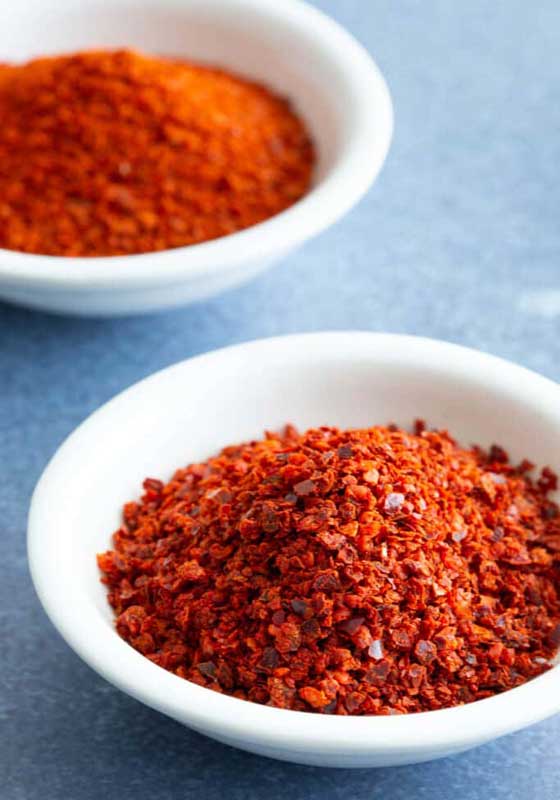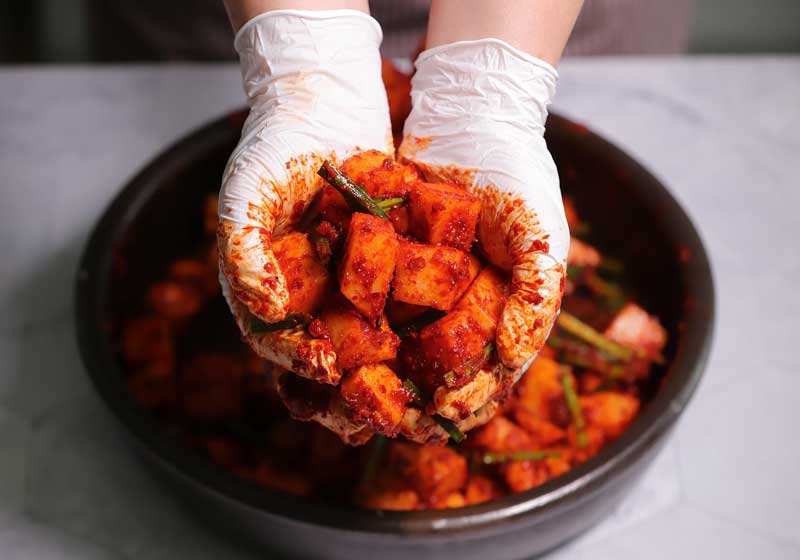5 Easy Steps for Making Kimchi at Home
Kimchi is a cornerstone of Korean cuisine - vibrant, bold and brimming with health benefits. This traditional fermented vegetable dish, usually made with Napa cabbage and radish, is surprisingly simple to prepare at home.
With just a handful of ingredients and a bit of patience, you can craft a batch that delivers the iconic tangy, spicy and umami-rich flavour loved around the world. Here are five easy steps to make your own kimchi from scratch:

Prep the Vegetables
The most common base for kimchi is Napa cabbage, though daikon radish and green onions are often included. Start by slicing one large Napa cabbage lengthwise into quarters and then into bite-sized pieces.
Rinse and drain thoroughly. In a large bowl, toss the cabbage with a generous amount of salt - this helps draw out moisture, preserves the vegetables and kickstarts the fermentation process. Let it sit for 1-2 hours, tossing occasionally.

Rinse and Drain
Once the cabbage has wilted and released water, rinse it thoroughly under cold water to remove excess salt. This step is crucial to prevent overly salty kimchi, Drain well using a colander and set aside while you prepare the seasoning paste.
Make the Flavour Paste
The punchy seasoning is the heart of kimchi. In a food processor or blender, combine the following:

Blend into a thick paste. Adjust the spice level to your liking - mild or fiery. For extra depth, some recipes also include fermented shrimp or anchovy sauce.
Mix It All Together
In a large mixing bowl, combine the cabbage, julienned daikon radish and sliced green onions. Add the paste and, wearing food-safe gloves, massage everything together until the vegetables are evenly coated. This is where the magic starts - the combination of heat, salt and umami begins to infuse every leaf and slice.

Pack and Ferment
Transfer the mixture into a clean, airtight jar or fermenting container. Press down firmly to remove air pockets, leaving a little room at the top for expansion. Seal the jar and leave it at room temperature for 1-2 days to begin fermenting.
Once it starts to bubble and develop a tangy aroma, transfer it to the fridge. Kimchi continues to ferment slowly in the cold and tastes better with time - most people enjoy it most after about a week.

Making kimchi at home is rewarding and endlessly customisable. Whether enjoyed as a side dish, on rice, or in stews, this Korean staple brings a probiotic-rich punch of flavour to any meal. With just a few ingredients and a little care, anyone can master the art of kimchi-making.












